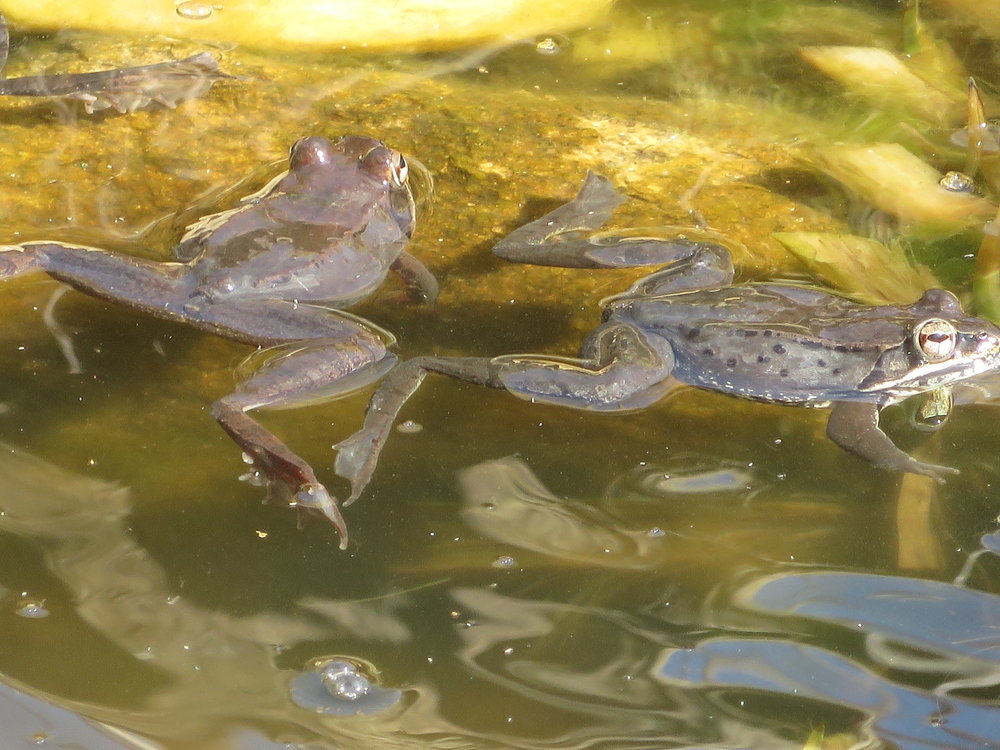Gleanings of the Week Ending March 28, 2015
/The items below were ‘the cream’ of the articles and websites I found this past week. Click on the light green text to look at the article.
A Visual Guide to Chemistry Glassware - A vocabulary lesson in glassware! Probably everyone knows the difference between a test tube and a beaker…but what about a conical flask and volumetric flask?
From soda bans to bike lanes: Which 'natural experiments' really reduce obesity? - Which changes have made an impact? Studies that included longer follow-up periods after a change showed stronger results. Two examples of changes with strong impact were trans-fat bans and active transportation infrastructure improvement.
50% Driving Ban for Paris Due To Air Pollution - Weather conditions in Paris cause spikes in air pollution this time of year. We normally thin of the larger cities in India and China having the worst air pollution problems. The World Health Organization estimated that air pollution contributed to the deaths of 7 million people in 2012…so it is not an insignificant issue for the world.
Science Photographer Reveals Beauty of the Microscopic World - Manipulation of light through the microscope: transmission, differential interference contrast, optical staining, or dark field contrast.
Adapting to climate change will bring new environmental problems - Can we adapt in a sustainable way…or will our adaptation be short-sighted - and bad for the planet in the long term?
Archaeologists discover Maya 'melting pot' - Evidently mobile groups of hunter gatherers came together with settled groups for construction projects and public ceremonies --- they interacted much more than previous thought. They eventually became more uniformly sedentary.
Genome Study Predicts DNA of the Whole of Iceland - The DeCode project has collected enough full DNA sequences from Icelanders to extrapolate to the whole population (because the people are related). From this analysis, they know that 2,000 people in Iceland have the BRCA2 gene….but cannot tell them. The ethics associated with new technology is complex. In this particular case there is a “right ‘not to know’ of genetic hazards.” With more and more genome data being collected - other nations will soon have the same issue Iceland is facing now.
The Last 200 Years Of U.S. Immigration In One Chart - Click in the upper left corner to enlarge the plot. The overall trend is as interesting as where people came from. World War II had quite an impact while World War I did not.
SolarCity to build its own power grids - The market for solar technology seems to be developing very quickly. There are so many more options now than there were 5 years ago. When will the tipping point come…when more people will have solar - or some form of renewable energy where they live and work.
Compulsive Behavior Sells - Habit-forming technology….a little scary. How quickly will people train themselves to realize that it is happening?
























